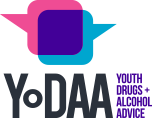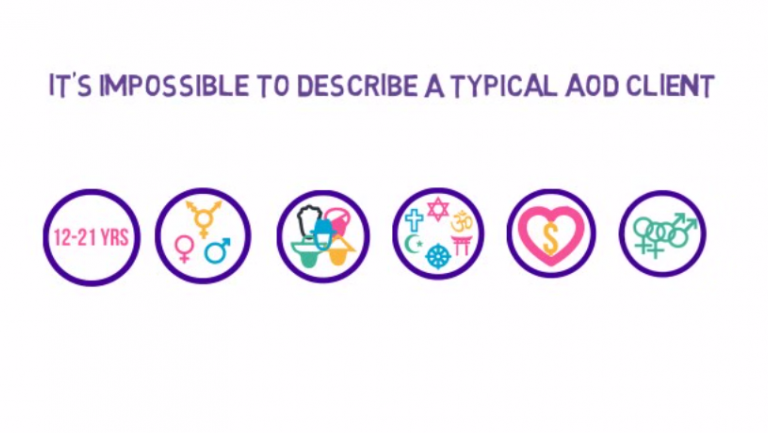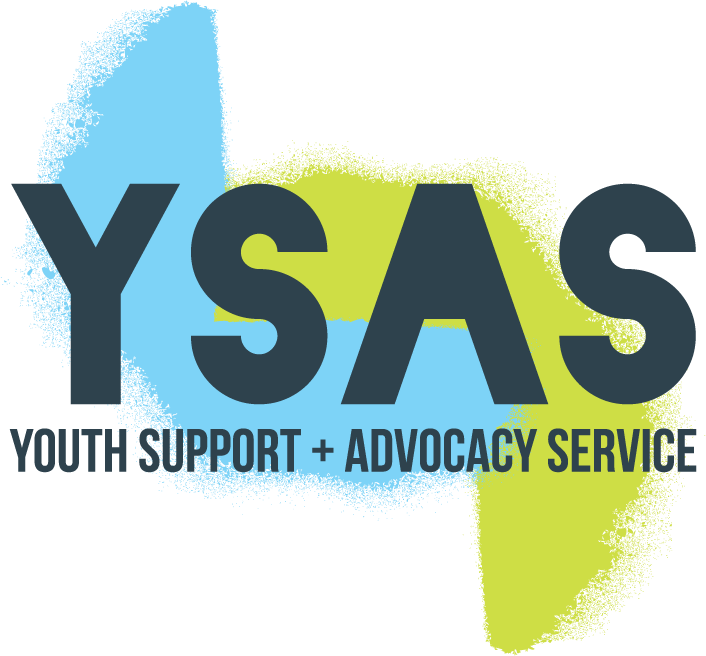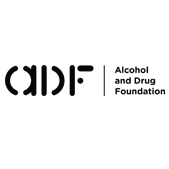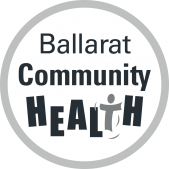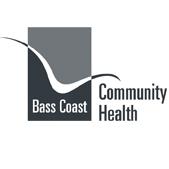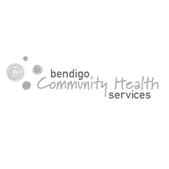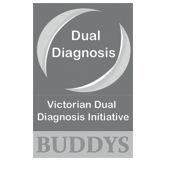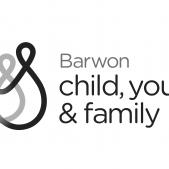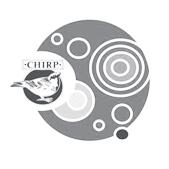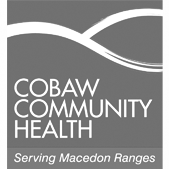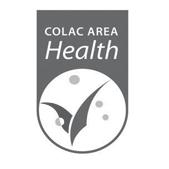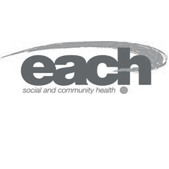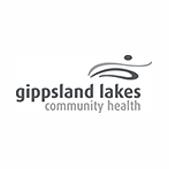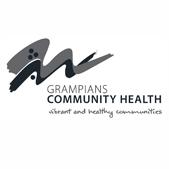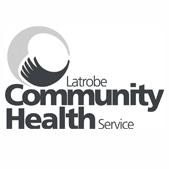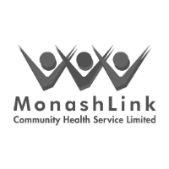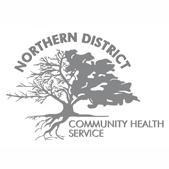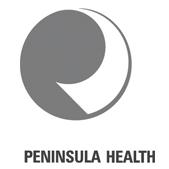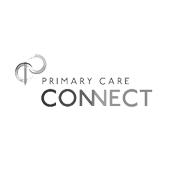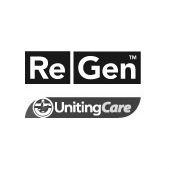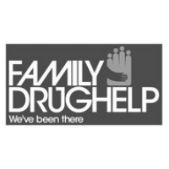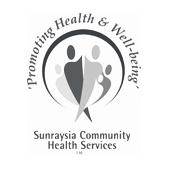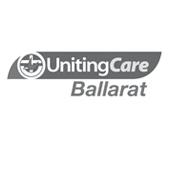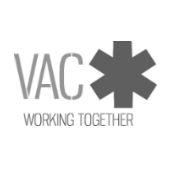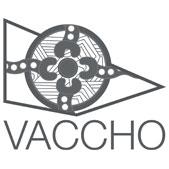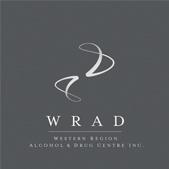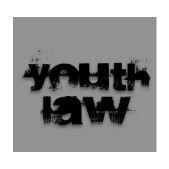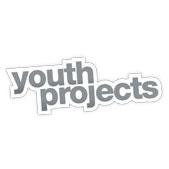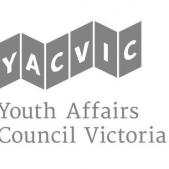Youth AOD Work
Who are youth AOD clients?
Although every young person has their own personal story, exploring the circumstances of young people who access youth AOD services reveals some consistent patterns
Clients of youth AOD services are young people whose use of alcohol and other drugs causes harm or who are at risk of harmful substance use. It’s impossible to describe a typical client of youth AOD services due to myriad individual differences, such as:
- Age
- Gender
- Ethnicity
- Religious beliefs
- Socio-economic
- Sexual identity
Despite this, there are also clear similarities in the circumstances of many young people who need specialist support. For example, most young people with AOD-related issues also experience some level of psycho-social vulnerability related to at least one of the following:
- Mental health problems
- Family conflict
- Offending behaviour
- Homelessness
- Disrupted education and unemployment
- Physical health problems
- Trauma
By applying a framework that considers both severity of substance use and life complexity/vulnerability, young people who require AOD treatment or early intervention can be identified as belonging to one of three groups or cohorts based on common needs and characteristics.
These are:
- Young people with high or severe AOD use who are also considered highly or extremely vulnerable due to psycho-social factors.
- Young people with low severity substance use but whose high or extreme psych-social vulnerability means there is serious risk of their AOD use escalating in severity.
- Young people with high or severe AOD use combined with one or two indicators of vulnerability.
Each group requires support and intervention tailored to their specific needs.
